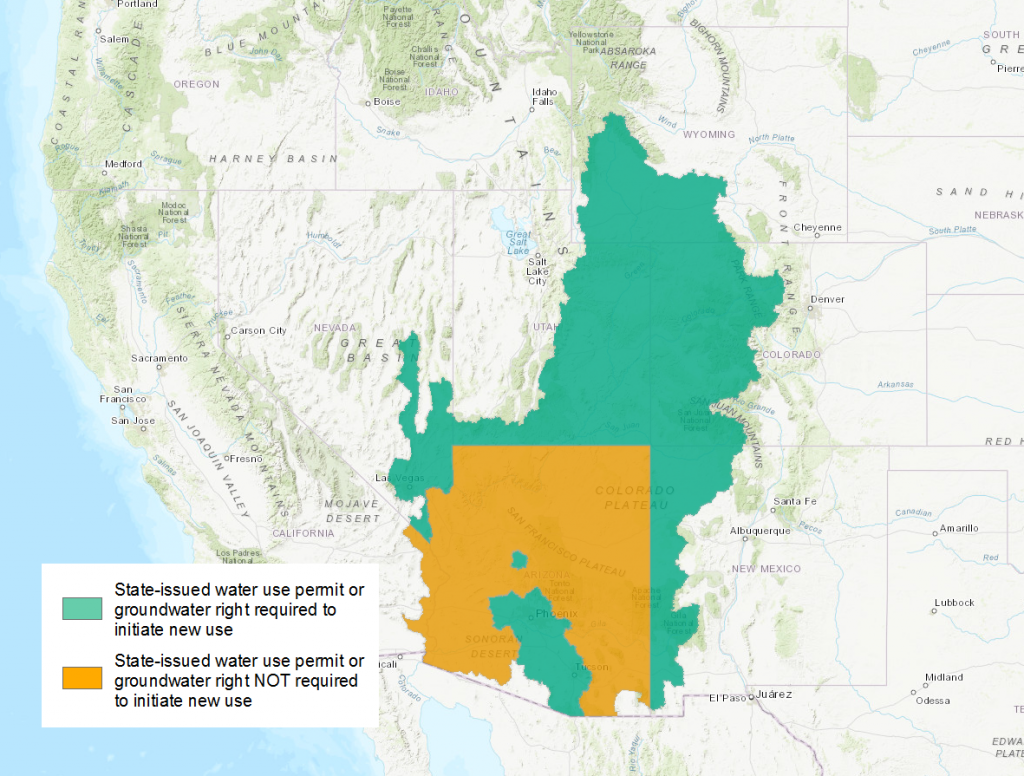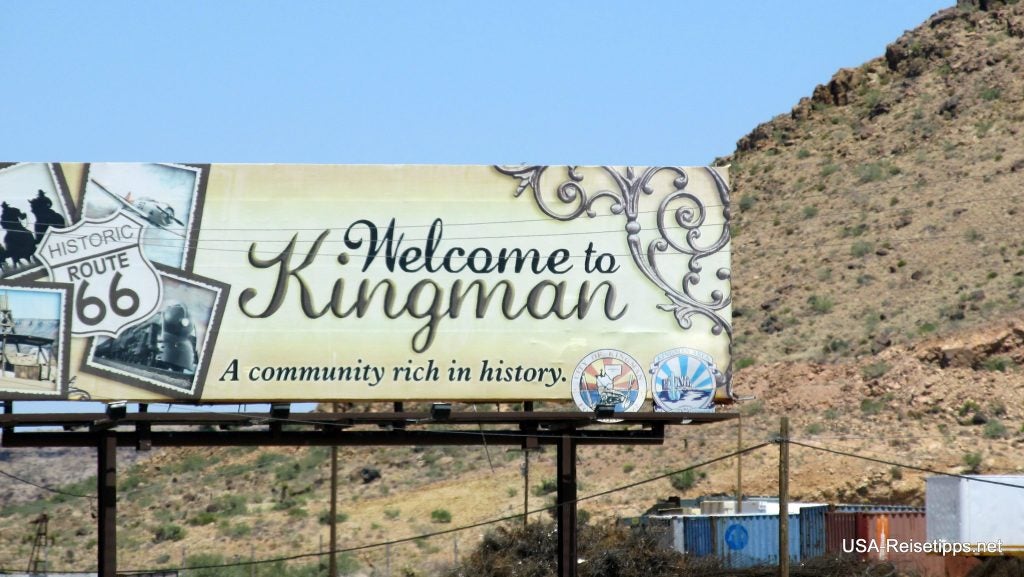Forty years ago, then Democratic Gov. Bruce Babbitt signed Arizona’s landmark Groundwater Management Act, which created a system to manage groundwater in five regions of the state where overpumping was most severe and aquifer levels were declining rapidly.
“I called the leaders of the water establishment together on the day after Thanksgiving in 1979,” Babbitt recalled in an oral history. “I personally sat them down and met with them once or twice a week for nine months and just kind of shut the door and said, ‘We’re going to reform our way out of this problem, and we’re going to draft a meaningful water management system for the state of Arizona.’”
The late Stan Turley, then president of the Senate and a Republican, also cited the pioneering water law as his top achievement, underscoring the bipartisan collaboration behind the effort.
Forty years later, it’s time for Arizona leaders to take a page out of their predecessors’ playbook as some rural areas of the state are confronted with urgent groundwater challenges.
The strategies and solutions for rural Arizona will be different from those in the 1980 Groundwater Management Act. But just as collaboration, innovation and leadership on groundwater were needed then to ensure a resilient economic future for Arizona’s cities, they are also needed today to ensure the survival and prosperity of rural Arizona. On the 40th anniversary of Arizona's Groundwater Management Act, local leaders are calling for new solutions to help build groundwater resilience. Share on X
What the Groundwater Management Act left out
The 1980 act focused on managing groundwater in the most populous parts of Arizona, with strategies such as a halt to irrigation expansion, sophisticated recharge programs and a requirement that developers demonstrate an assured water supply for 100 years. Thanks in part to such efforts, water management has kept pace in urban areas as the population of Arizona has more than doubled in the past 40 years to more than 7 million.
But the law placed no restrictions on groundwater outside those more populous regions — an area that covers about 80% of the state. This means a landowner can withdraw groundwater even if neighboring wells dry up or river levels decline.

In the majority of Arizona, which is part of the Colorado River Basin (in green), a state-issued permit or right is not required to pump groundwater.
As a result of this open access to groundwater, more than a third of Arizona’s perennial rivers have been lost or altered; the city of Kingman’s main aquifer is projected to run out of accessible water in 60 years or less; and residents in some areas of rural Arizona are already losing access to drinking water as their wells run dry.
Let’s use the legislative break to build support
We need a state framework that empowers communities to develop and implement localized solutions that will ensure the long-term viability of Arizona’s rural economy and landscapes.
Rep. Regina Cobb (R-Kingman) introduced legislation during the 2019 session to create this framework. The bill, HB 2896, received strong bipartisan support during an informational hearing but was not put up for a vote. The groundwork laid this year will serve us well in the next legislative session.

The city of Kingman, Arizona, is projected to run out of accessible groundwater in 60 years or less. (Photo credit: Fluke0870).
But that doesn’t mean we should rest on our laurels until then. Rather, my hope is that Rep. Cobb and other leaders who recognize the urgent need to act on rural groundwater continue working to refine their proposals and build even more support.
It took meetings once or twice a week for nine months to hammer out the Groundwater Management Act of 1980. Let’s put in the same time and commitment now to craft a meaningful groundwater management system for rural Arizona.









